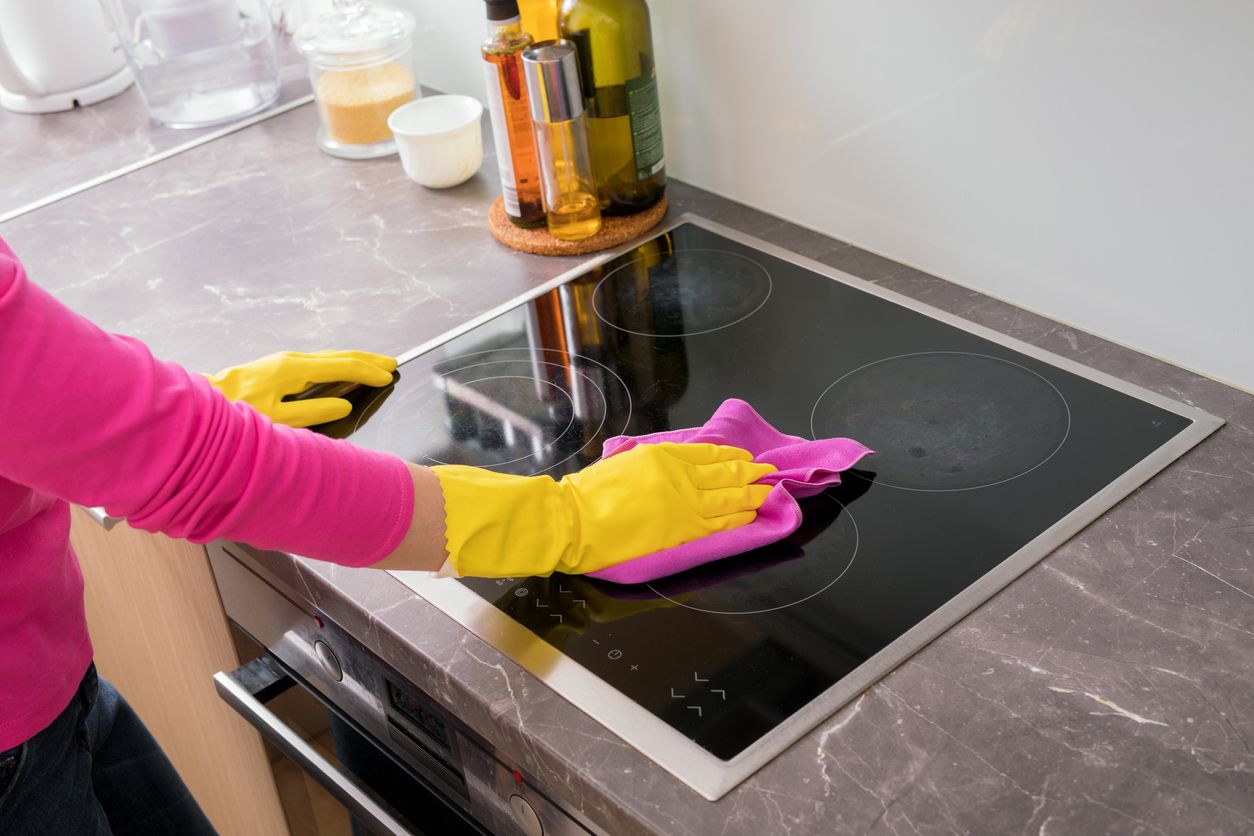

Articles
How To Keep A Glass Top Stove From Scratching
Modified: January 5, 2024
Discover effective tips and tricks on how to prevent scratches on your glass top stove with our insightful articles. Keep your stove looking brand new and scratch-free.
(Many of the links in this article redirect to a specific reviewed product. Your purchase of these products through affiliate links helps to generate commission for Storables.com, at no extra cost. Learn more)
Introduction
A glass top stove is a modern and sleek addition to any kitchen. Its smooth and shiny surface adds a touch of elegance to the space. However, one common concern with glass top stoves is the potential for scratches. The delicate glass surface can easily be marred by hard, abrasive objects, causing unsightly marks and reducing its overall lifespan. The good news is that there are several steps you can take to prevent scratching and ensure your glass top stove remains in pristine condition.
In this article, we will delve into the world of glass top stove maintenance and explore effective ways to keep your stove surface scratch-free. We will discuss the importance of understanding the glass top stove surface, the tools and materials you’ll need, and the step-by-step process involved in preventing scratches. By following these guidelines, you’ll not only prolong the life of your stove but also maintain its aesthetic appeal.
To begin, let’s gain a better understanding of the glass top stove surface.
Key Takeaways:
- Protect Your Glass Top Stove
Prevent scratches by using proper cookware, handling with care, and utilizing protective accessories. Regular, gentle cleaning with non-abrasive solutions is crucial for maintaining a scratch-free surface. - Prioritize Prevention and Maintenance
By implementing proactive measures and safe handling practices, you can preserve the elegance and functionality of your glass top stove. Choose cookware wisely, avoid abrasive cleaning agents, and prioritize regular maintenance for a scratch-free cooking experience.
Read more: How To Protect Glass Cooktop From Scratches
Understanding the Glass Top Stove Surface
Before diving into the various ways to prevent scratching on a glass top stove, it’s important to understand the surface itself. A glass top stove is made of a smooth and tempered glass material that is highly vulnerable to scratches and damages. Unlike traditional coil or gas stoves, a glass top stove provides a flat cooking surface that is not only stylish but also easier to clean. However, this comes with the downside of being susceptible to scratches caused by rough handling or using improper cookware.
The glass surface of a glass top stove is tough, but not indestructible. It is crucial to treat it with care and take proactive measures to avoid scratching. Even the tiniest scratch can impact the overall appearance and functionality of the stove. Additionally, a scratched surface can trap dirt and spills, making it harder to clean and maintain in the long run.
It is also worth noting that the glass top stove surface is heat-resistant and can withstand high temperatures, allowing for efficient cooking. However, it is not impervious to thermal shock caused by sudden temperature changes, which can lead to cracking or shattering. It is important to handle the stove surface with caution, especially when placing or removing hot cookware.
By understanding the delicate nature of the glass top stove surface, you’ll be better equipped to take the necessary steps to prevent scratches and keep your stove looking brand new for years to come.
Tools and Materials Needed
When it comes to preventing scratches on a glass top stove, you’ll need a few essential tools and materials that will help in maintaining its pristine condition. Here’s a list of what you’ll need:
- Soft microfiber cloth or sponge: This will be used for gentle cleaning to prevent scratching the glass surface.
- Non-abrasive cleaning solution: Look for a cleaning solution specifically formulated for glass top stoves. Avoid using harsh chemicals or abrasives that can damage the surface.
- Mild dish soap: This can be used as an alternative to a specialized glass top stove cleaner, especially for light cleaning.
- Soft-bristle brush: Use a soft-bristle brush to remove any stubborn stains or debris from the glass surface.
- Cookware with smooth bottoms: Choose cookware that has flat, smooth bottoms to minimize the risk of scratching the glass top. Opt for heavy-bottomed pans made of materials such as stainless steel or aluminum.
- Silicone or rubber trivets: These accessories can provide a protective barrier between the cookware and the glass surface, preventing direct contact and potential scratches.
- Cookware protectors: These padded sleeves or liners can be placed between stacked cookware to prevent friction and scratching.
Having these tools and materials readily available will make it easier for you to implement the strategies to prevent scratches on your glass top stove. Now that you’re properly equipped, let’s move on to the steps you can take to keep your stove surface scratch-free.
Steps to Prevent Scratching
Preventing scratching on a glass top stove requires a combination of proper cleaning techniques, careful handling of cookware, and the use of protective accessories. By following these steps, you can effectively safeguard your stove surface from unsightly scratches:
- Cleaning and Maintenance: Regular cleaning is essential to not only keep your glass top stove looking its best but also prevent scratches. Use a soft microfiber cloth or sponge to gently wipe away any spills or food particles. Avoid using abrasive cleaners or scrub brushes that can scratch the glass surface. For stubborn stains, use a soft-bristle brush or a non-abrasive cleaning solution specifically designed for glass top stoves. Remember to never clean the stove while it is still hot to avoid thermal shock.
- Using Proper Cookware: Choose cookware with flat and smooth bottoms to minimize the risk of scratching. Avoid pots and pans with rough or uneven surfaces, as they can easily cause scratches when dragged across the stove. Opt for heavy-bottomed cookware made of materials like stainless steel or aluminum. These materials not only distribute heat evenly but also reduce the chances of scratching the glass top surface.
- Handling Cookware Safely: Take care when placing and removing pots and pans from the stove surface. Lift them instead of dragging or sliding them, as this can scratch the glass. Avoid using excessive force when setting down cookware, as this can cause impact-related scratches. Additionally, be cautious when using utensils while cooking to prevent accidental contact with the glass surface.
- Using Protective Accessories: Consider using silicone or rubber trivets to create a barrier between the cookware and the glass surface. These accessories help prevent direct contact and reduce the risk of scratches. Additionally, invest in cookware protectors, which are padded sleeves or liners that can be placed between stacked pots and pans. These protectors provide cushioning and prevent friction, minimizing the chances of scratches during storage.
- Avoiding Abrasive Cleaning Agents: When cleaning your glass top stove, refrain from using abrasive cleaning agents or harsh chemicals. These can scratch or damage the surface. Stick to non-abrasive cleaning solutions specifically designed for glass top stoves, or use a mild dish soap as an alternative. Always rinse thoroughly and dry the surface after cleaning to prevent water spots and mineral deposits.
By implementing these steps into your glass top stove maintenance routine, you can significantly reduce the risk of scratches and keep your stove looking pristine for years to come.
Cleaning and Maintenance
Regular cleaning and maintenance are crucial in preventing scratches on a glass top stove. By following proper cleaning techniques, you can keep the surface looking pristine while minimizing the risk of damage. Here are some tips:
Gentle Cleaning: Use a soft microfiber cloth or sponge to wipe away any spills or food particles from the glass surface. Avoid using abrasive cleaners or scrub brushes, as they can scratch the glass. Instead, opt for non-abrasive cleaning solutions specifically formulated for glass top stoves. These cleaners are designed to effectively remove stains and grime without causing damage.
Mild Dish Soap Alternative: If you prefer a natural cleaning option, you can use a mild dish soap diluted with water as an alternative to a specialized glass top stove cleaner. Mix a few drops of dish soap with warm water, dampen the cloth or sponge, and gently clean the surface. Rinse the cloth or sponge thoroughly and wipe down the stove to remove any soap residue.
Stubborn Stains: For stubborn stains or burnt-on food, a soft-bristle brush can be used. Apply a small amount of the non-abrasive cleaning solution or dish soap to the brush and carefully scrub the stained area. Be gentle and avoid applying excessive pressure that could scratch the glass. Once the stain is removed, wipe the surface with a clean, damp cloth to remove any residue.
Avoid Cleaning While Hot: It is essential to let the glass top stove cool down completely before cleaning. Cleaning the stove while it is still hot can lead to thermal shock, which can cause the glass to crack or shatter. Wait until the surface has reached room temperature before proceeding with cleaning.
Dry the Surface: After cleaning, make sure to thoroughly dry the glass surface. This helps prevent water spots and mineral deposits from forming. Use a clean, dry cloth to remove any moisture or streaks. Leaving the surface wet can attract dirt and debris, making it harder to keep clean and increasing the risk of scratching.
By incorporating these cleaning and maintenance practices into your routine, you can keep your glass top stove looking pristine and prevent scratches caused by dirt, stains, or improper cleaning methods.
Use cookware with smooth, flat bottoms to prevent scratching. Avoid sliding pots and pans across the surface and clean up spills promptly to prevent them from hardening and causing scratches.
Read more: How To Remove Scratches From Glass Cooktop
Using Proper Cookware
Choosing the right cookware is key to preventing scratches on a glass top stove. Cookware with smooth and flat bottoms helps minimize the risk of scratching the delicate glass surface. Here are some considerations when selecting cookware for your glass top stove:
Flat and Smooth Bottoms: Opt for cookware that has a flat and smooth bottom surface. This ensures even heat distribution and reduces the likelihood of scratches. Cookware with rough or uneven bottoms can create friction when moved across the glass surface, resulting in scratches. Stainless steel and aluminum pans are popular choices for glass top stoves due to their smooth bottoms.
Heavy-Bottomed Pans: Choose cookware that is heavy-bottomed for better stability and heat distribution. The weight of the pan helps prevent accidental sliding or movement during cooking, which can lead to scratches. Heavy-bottomed pans also reduce the risk of warping under high heat, ensuring consistent contact with the glass surface.
Avoid Cast Iron and Ceramic Cookware: While cast iron and ceramic cookware are great for heat retention, they are not recommended for use on glass top stoves. These materials are known to have rough or abrasive bottoms that can easily scratch the glass surface. If you prefer using cast iron or ceramic cookware, consider using a protective accessory, like a silicone or rubber trivet, to prevent direct contact.
Choose Appropriate Pan Sizes: Ensure that the size of the cookware matches the size of the burner on your glass top stove. Oversized pans can extend beyond the burner and come into contact with the surrounding glass area, increasing the risk of scratching. It is also important to use cookware that is suitable for the heat output of your stove, as excessive heat can cause damage to both the cookware and the glass surface.
Inspect Cookware Regularly: Before using any cookware on your glass top stove, inspect it for any rough spots, chips, or dents that could potentially scratch the glass surface. Be mindful of any imperfections or damage that may be present and avoid using such cookware to minimize the risk of scratches.
By selecting appropriate cookware with smooth and flat bottoms, you can significantly reduce the chance of scratching your glass top stove surface. Taking these precautions ensures a safe and scratch-free cooking experience.
Handling Cookware Safely
Properly handling cookware on a glass top stove is essential to prevent scratches and maintain the longevity of the stove surface. By following these guidelines, you can ensure safe and careful handling of your cookware:
Lift instead of Dragging: When moving cookware on the stove surface, always lift it instead of dragging or sliding it. Dragging can cause friction between the rough edges or bottom of the cookware and the glass surface, resulting in scratches. Lift the cookware and carefully place it down to prevent any unnecessary contact.
Avoid Excessive Force: When setting down cookware on the glass top stove, avoid using excessive force or dropping it from a height. The impact can cause scratches or even damage the glass surface. Gently place the cookware onto the stove surface with caution.
Use Pot Holders or Handles: When handling hot cookware, always use pot holders or oven mitts to protect your hands. Avoid gripping the handles of hot pans directly with bare hands, as the heat can make you lose grip and accidentally scrape or drop the cookware onto the glass surface, potentially causing scratches or damage.
Handle with Utensils: While cooking, use appropriate utensils to stir, flip, or move food in the cookware. Avoid using metal utensils that can potentially scratch the glass surface. Opt for non-metallic utensils like wooden or silicone spatulas, which are gentle on the glass and minimize the risk of scratching.
Keep Cookware Clean: Periodically clean the bottoms of your cookware to remove any food debris, grease, or residue that may accumulate over time. These particles can become abrasive and scratch the glass surface when in contact. Regular cleaning and maintenance of your cookware ensure that they remain smooth and free from potential scratching hazards.
Wait for Cookware to Cool: Allow cookware to cool down completely before removing it from the stove surface. Placing hot cookware directly on a cool countertop can cause thermal shock and potentially damage both the cookware and the glass top stove. Always use caution and give them ample time to cool before handling.
By following these guidelines, you can safely handle your cookware on a glass top stove, minimizing the risk of scratches and maintaining the pristine condition of the surface.
Using Protective Accessories
Utilizing protective accessories can provide an extra layer of defense against scratches on your glass top stove. These accessories create a barrier between the cookware and the surface, reducing direct contact and minimizing the risk of scratches. Here are some protective accessories to consider:
Silicone or Rubber Trivets: Place silicone or rubber trivets on the glass surface before placing hot cookware on them. These trivets act as a protective barrier, preventing direct contact between the cookware and the glass surface. The heat-resistant and non-slip properties of these trivets make them a reliable accessory for safeguarding your stove against potential scratches.
Cookware Protectors: Cookware protectors are padded sleeves or liners that can be placed between stacked pots and pans. These protectors provide cushioning and prevent friction between the cookware, minimizing the chances of scratches and scrapes during storage. Simply insert the protectors between each piece of cookware to create a protective barrier.
Non-Slip Mats: Non-slip mats can also be used to protect your glass top stove from scratches caused by moving cookware. These mats can be placed underneath the cookware, creating a stable and non-slip surface that prevents accidental sliding or scratching. Look for mats specifically designed for use on glass top stoves to ensure they do not cause any damage.
Cooking Sheets or Parchment Paper: For additional protection, especially when baking or broiling, you can place a cooking sheet or parchment paper on the glass surface before placing the baking dish or tray. This creates a barrier between the cookware and the stove, minimizing the risk of scratches caused by direct contact or accidental scraping.
Protective Cookware Pads: Some cookware manufacturers offer specially designed pads that can be attached to the bottom of their pots and pans. These pads act as a cushioning layer and provide additional protection against scratches and abrasions when used on glass top stoves. They are a convenient option for those who want to ensure maximum protection for their cookware and the stove surface.
By using these protective accessories, you can take proactive measures to prevent scratches on your glass top stove. They provide an extra level of protection and offer peace of mind while using and storing your cookware.
Avoiding Abrasive Cleaning Agents
Using the right cleaning agents is essential to maintain the integrity of your glass top stove and prevent scratches. Abrasive cleaning agents can cause damage to the delicate surface, leading to unsightly scratches and compromising the stove’s functionality. Here are some tips to avoid using abrasive cleaning agents:
Choose Non-Abrasive Cleaning Solutions: When cleaning your glass top stove, opt for non-abrasive cleaning solutions that are specifically formulated for this surface. These cleaners are designed to effectively remove grease, stains, and spills without scratching or damaging the glass. Look for products that are labeled safe for use on glass top stoves.
Avoid Harsh Chemicals: Stay away from harsh cleaning chemicals, such as bleach, ammonia, or strong acids, as they can be abrasive and cause damage. These chemicals can strip away the protective coating on the glass surface and lead to scratches or even discoloration. Stick to gentle, non-abrasive cleaners that are safe for use on glass top stoves.
Mild Dish Soap Alternative: If you prefer a more natural option, you can use a mild dish soap as an alternative to specialized glass top stove cleaners. Dilute a few drops of mild dish soap in warm water, dampen a soft cloth or sponge, and use it to gently clean the surface. Rinse the cloth or sponge thoroughly and wipe down the stove to remove any soap residue.
Be Mindful of Scrub Brushes: Avoid using scrub brushes or scouring pads when cleaning your glass top stove. These can be too abrasive and can cause scratches or other surface damage. Opt for soft microfiber cloths or sponges instead, which are gentle on the glass surface while effectively removing dirt and grime.
Rinse and Dry Thoroughly: After cleaning, make sure to rinse the surface thoroughly to remove any cleaning residue. Leaving behind traces of cleaning agents can lead to a dull appearance or even stains. Once rinsed, dry the glass surface thoroughly using a clean, dry cloth to prevent water spots or mineral deposits from forming.
Regular Maintenance: By regularly cleaning your glass top stove and practicing proper maintenance, you can minimize the need for abrasive cleaning agents. Promptly clean up any spills or food residue to prevent them from hardening or becoming more difficult to remove. Regular maintenance helps keep your glass top stove looking clean and scratch-free.
By following these tips and avoiding abrasive cleaning agents, you can protect your glass top stove from scratches and keep it looking brand new for years to come.
Conclusion
Maintaining a scratch-free glass top stove is not only important for its aesthetic appeal but also for its longevity and functionality. By understanding the delicate nature of the glass surface and implementing the right strategies, you can effectively prevent scratches and keep your stove in pristine condition. Here’s a recap of the steps to prevent scratching on a glass top stove:
- Clean and maintain the stove regularly using gentle cleaning techniques and non-abrasive cleaning solutions.
- Choose cookware with flat and smooth bottoms, preferably heavy-bottomed pans made of materials like stainless steel or aluminum.
- Handle cookware safely by lifting instead of dragging, using pot holders or handles, and using appropriate utensils.
- Utilize protective accessories such as silicone or rubber trivets, cookware protectors, non-slip mats, or cooking sheets.
- Avoid using abrasive cleaning agents or harsh chemicals on the glass surface.
By following these steps, you can significantly reduce the risk of scratches on your glass top stove and preserve its beauty and functionality for years to come.
Remember, prevention is key when it comes to maintaining a scratch-free surface. Implement these strategies into your cleaning and cooking routine to ensure the longevity of your glass top stove. Regular maintenance and safe handling practices will go a long way in preserving its pristine condition.
So, invest in the right tools, choose cookware wisely, handle it with care, and use protective accessories. By incorporating these practices into your daily kitchen routine, you can enjoy a scratch-free glass top stove and a stunning centerpiece in your culinary haven.
Frequently Asked Questions about How To Keep A Glass Top Stove From Scratching
Was this page helpful?
At Storables.com, we guarantee accurate and reliable information. Our content, validated by Expert Board Contributors, is crafted following stringent Editorial Policies. We're committed to providing you with well-researched, expert-backed insights for all your informational needs.
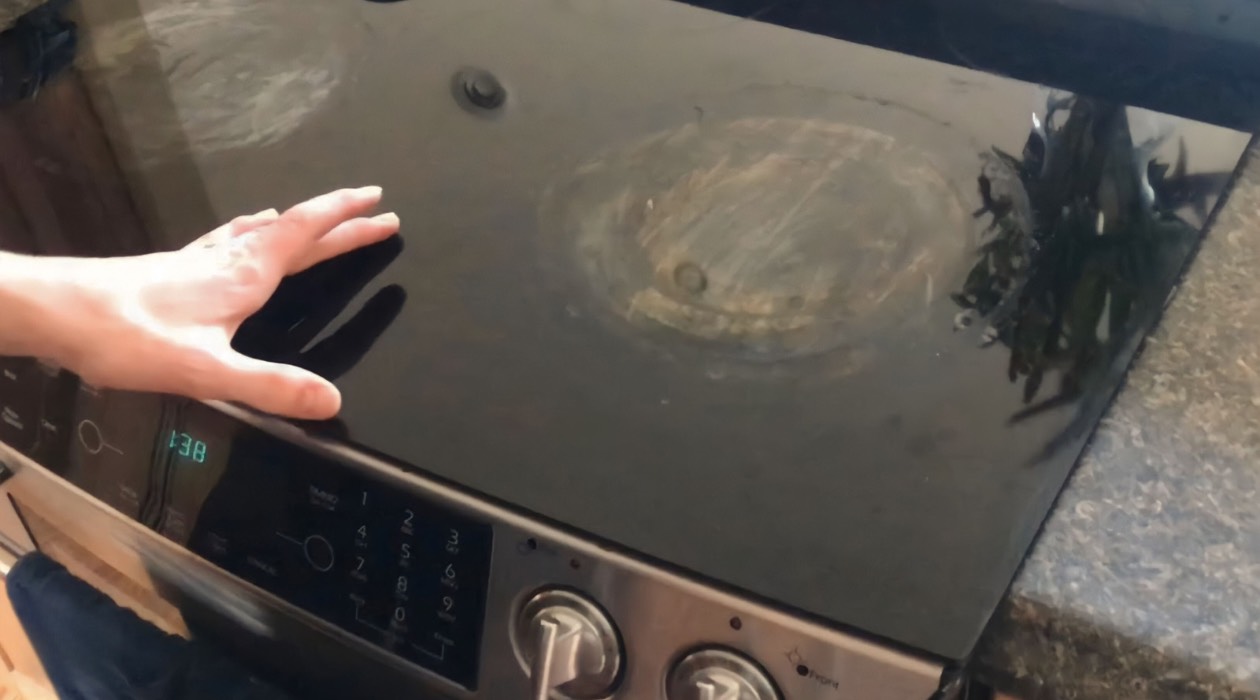
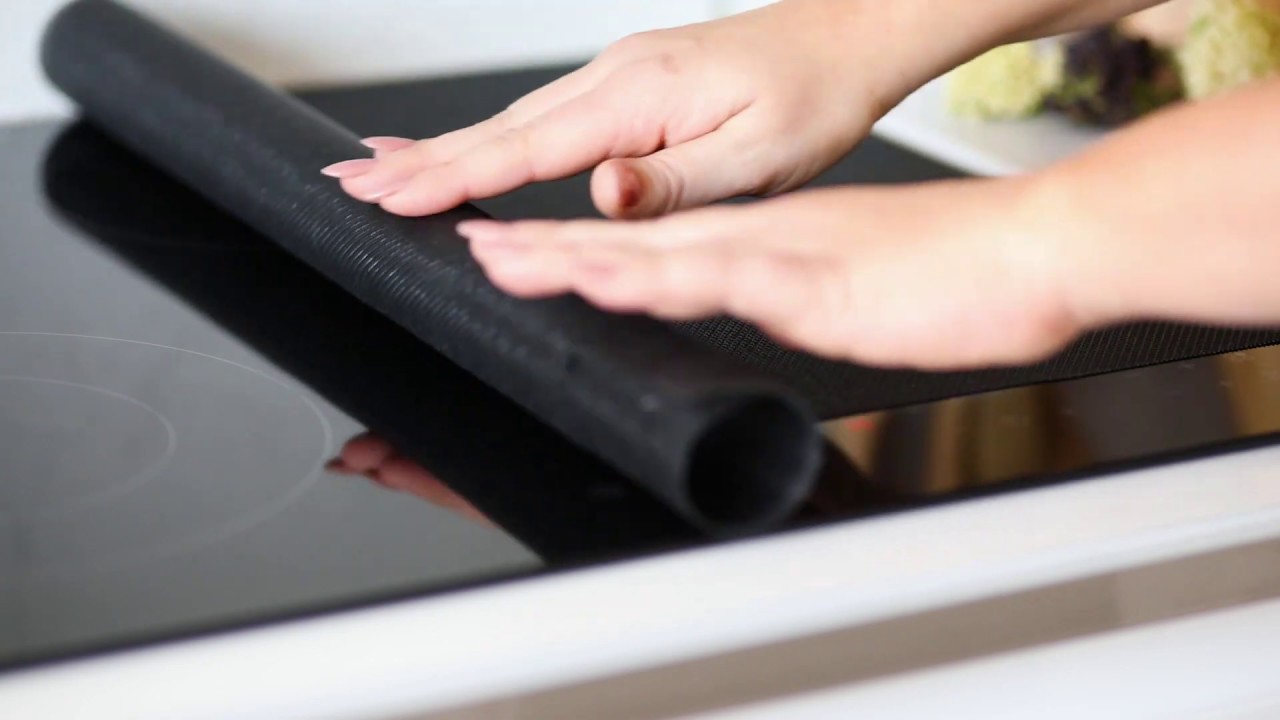

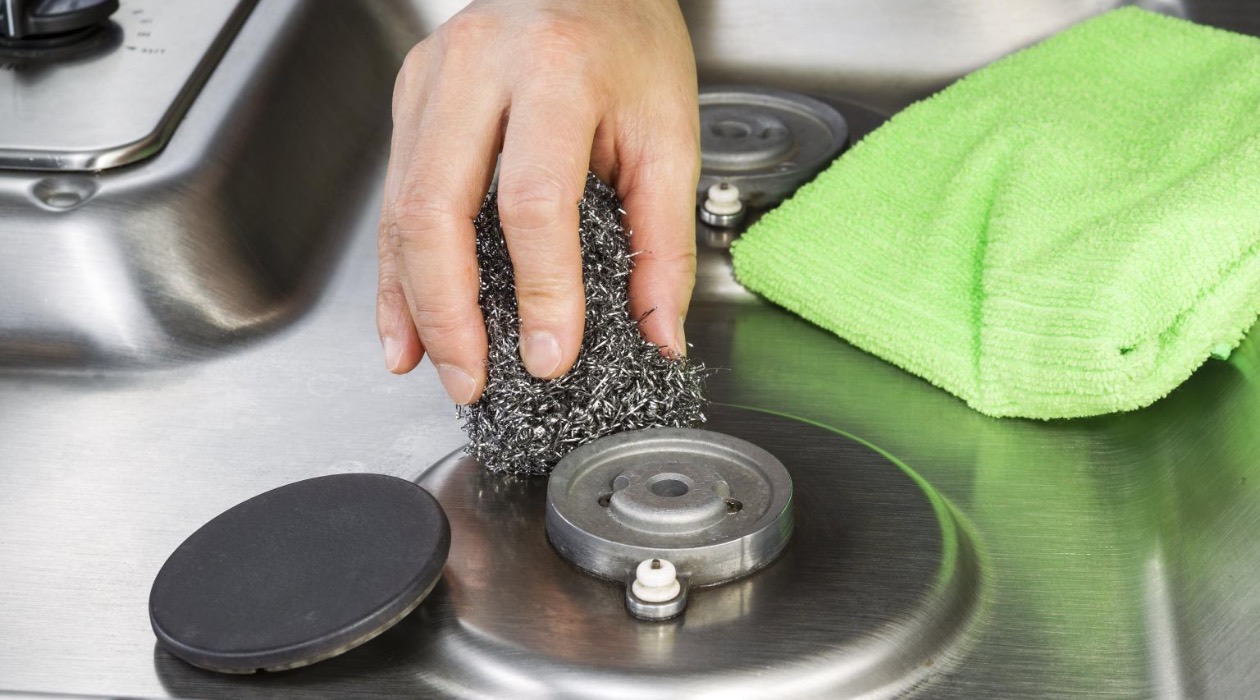
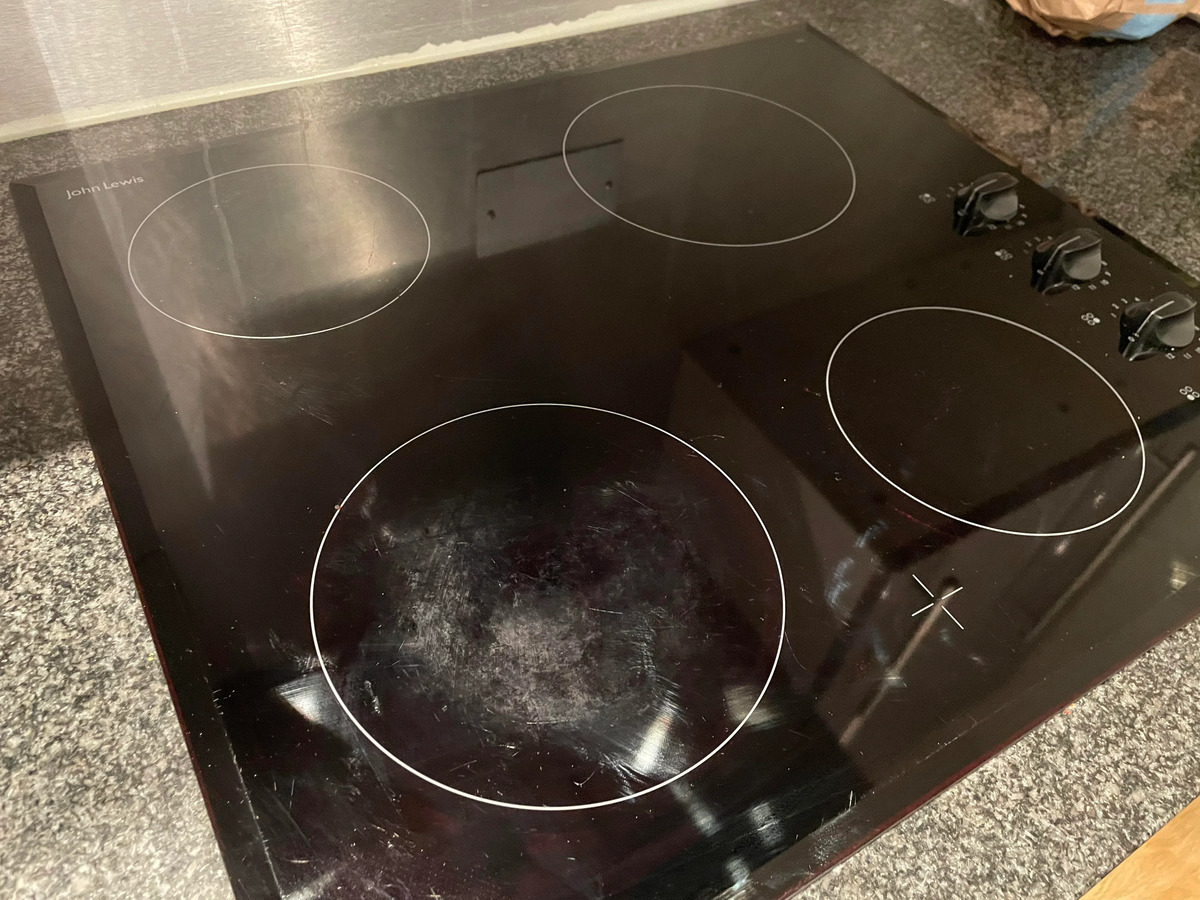
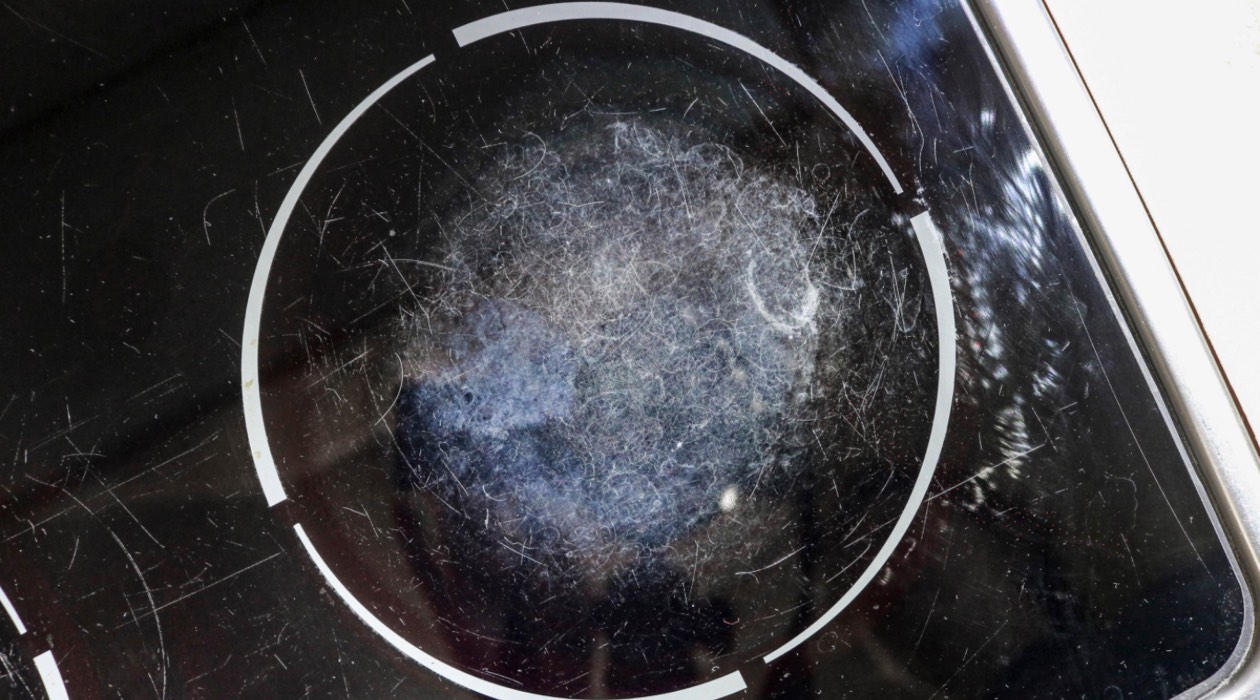
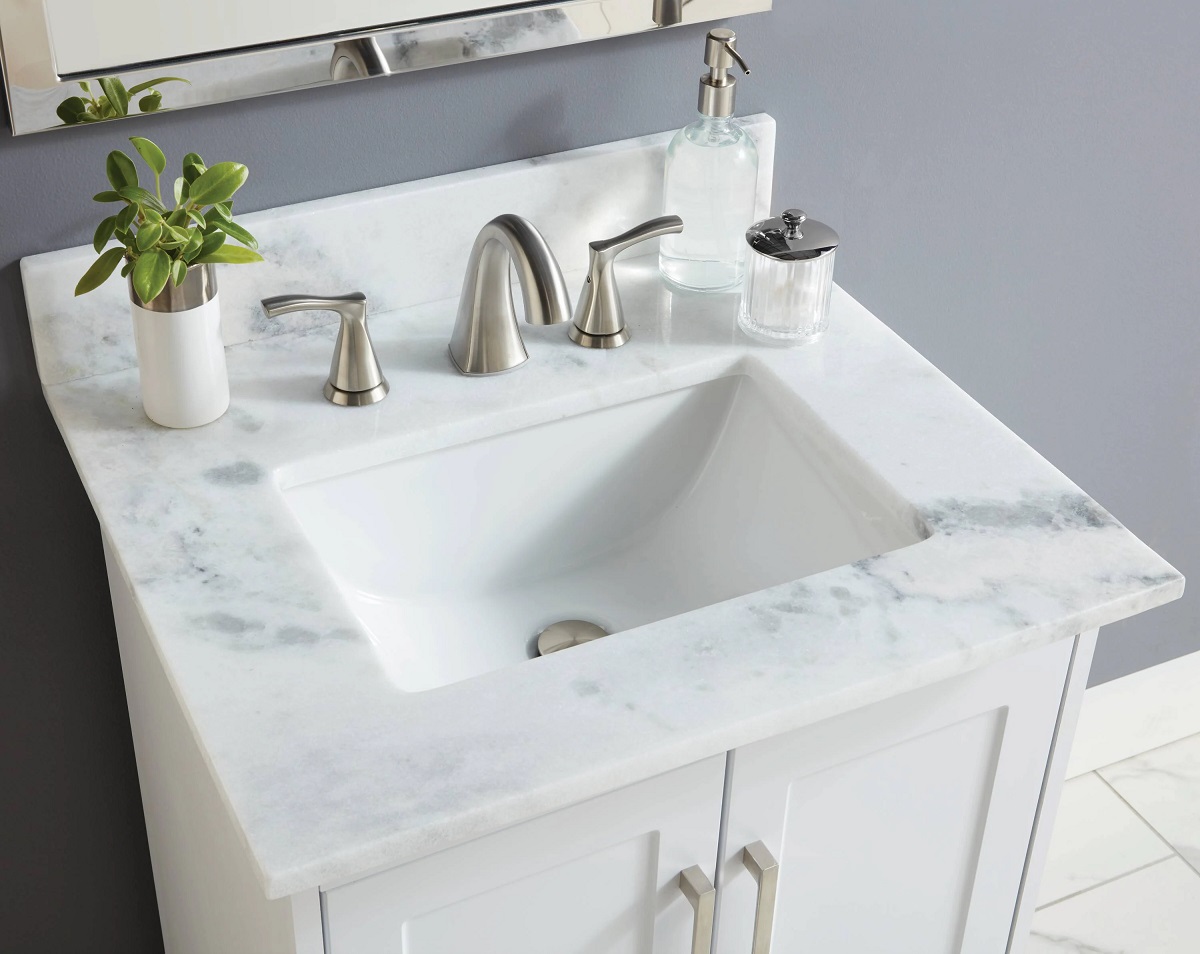

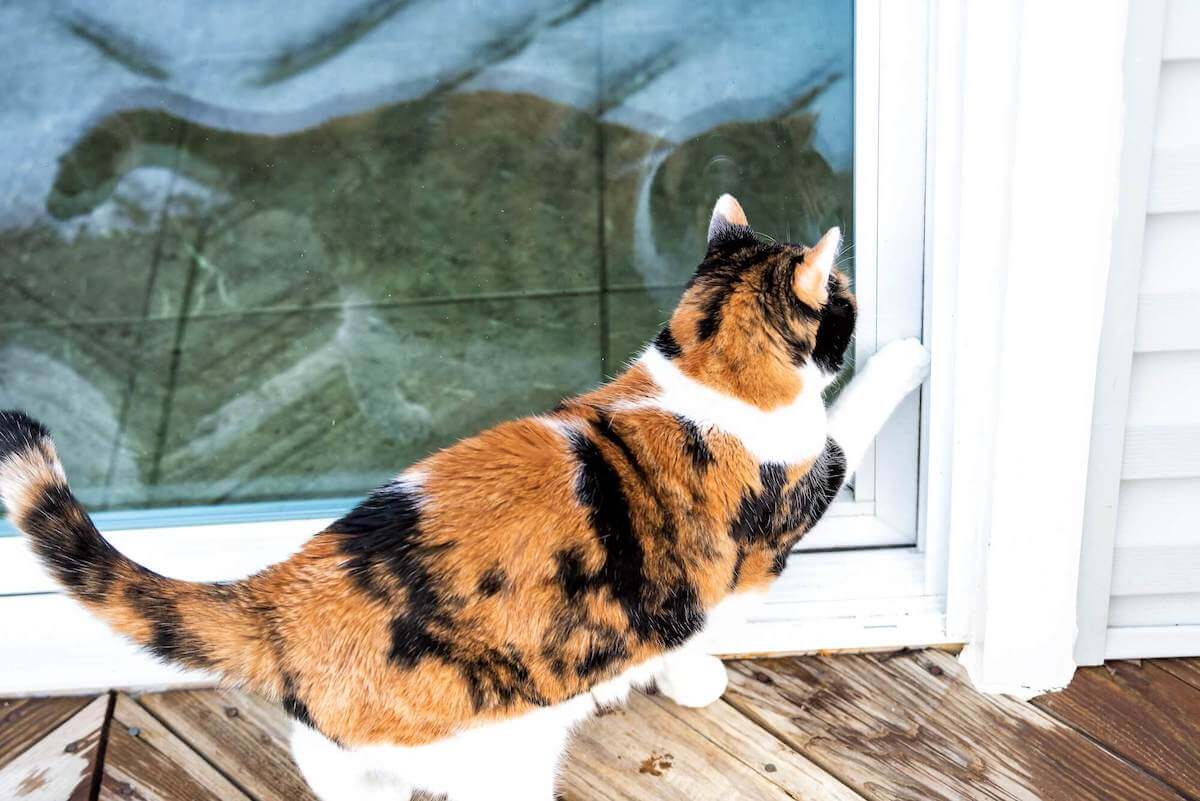
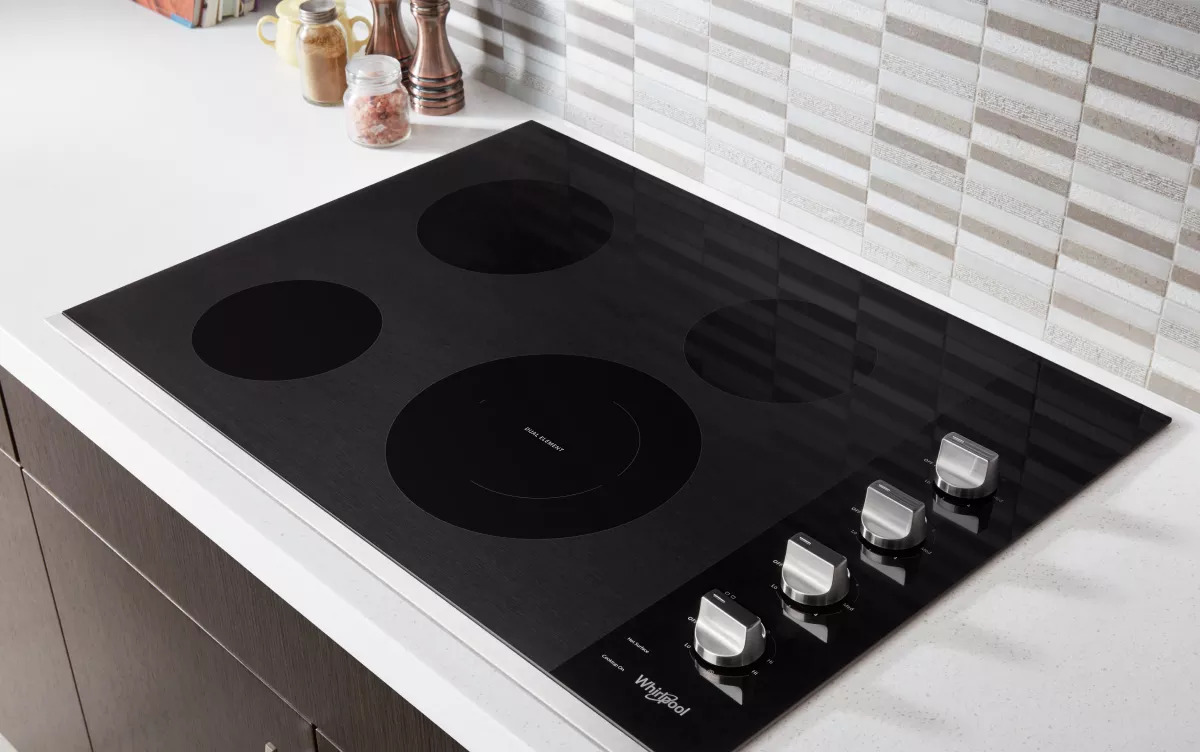
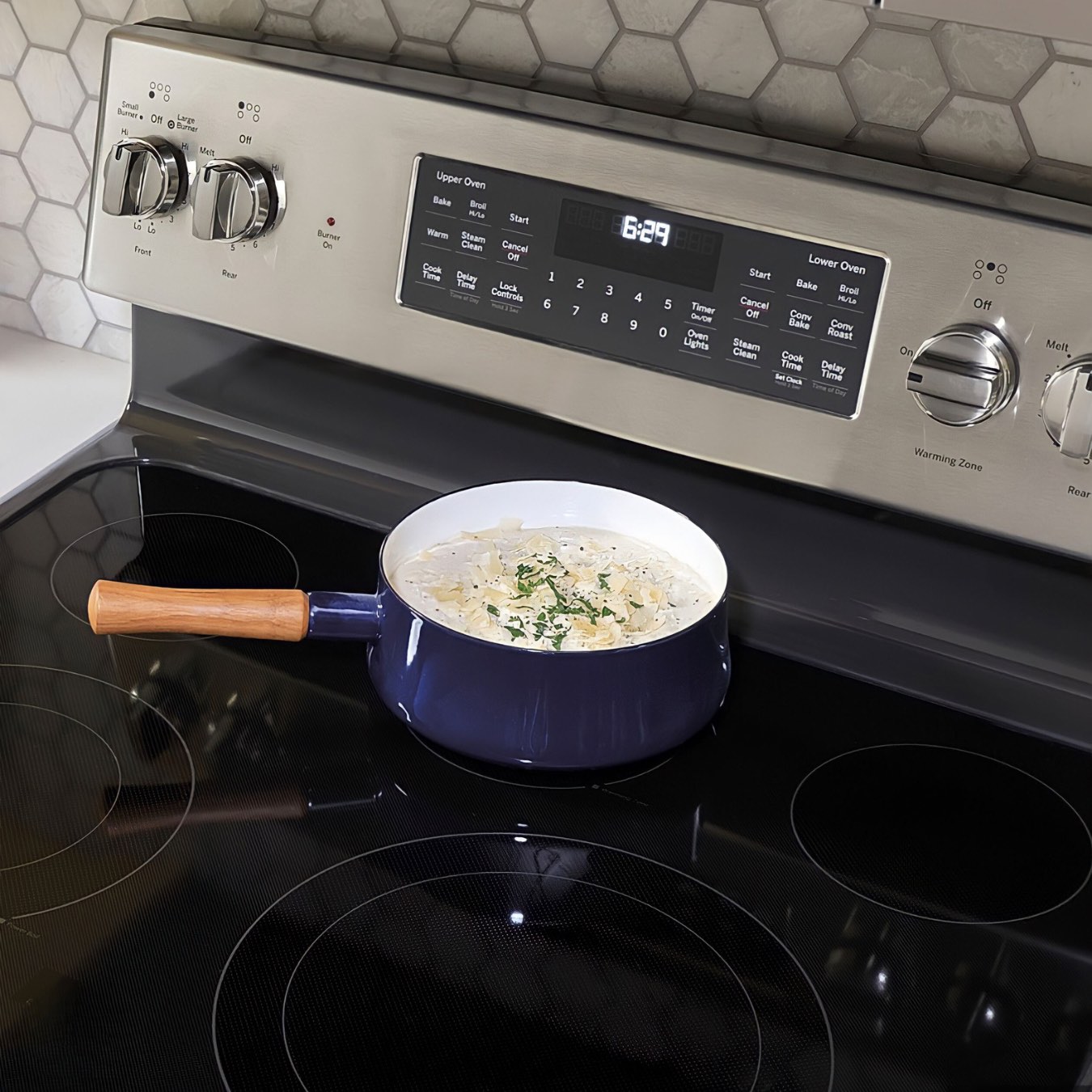
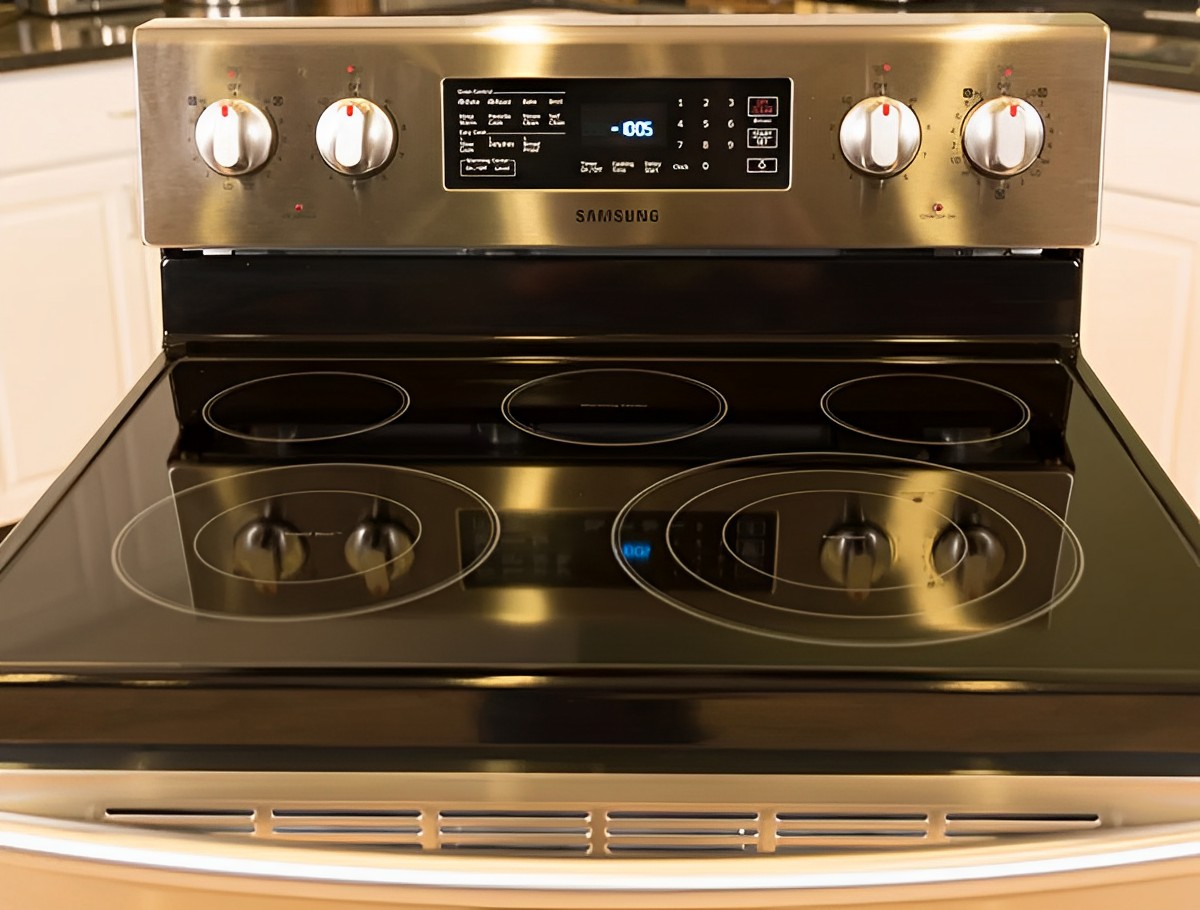
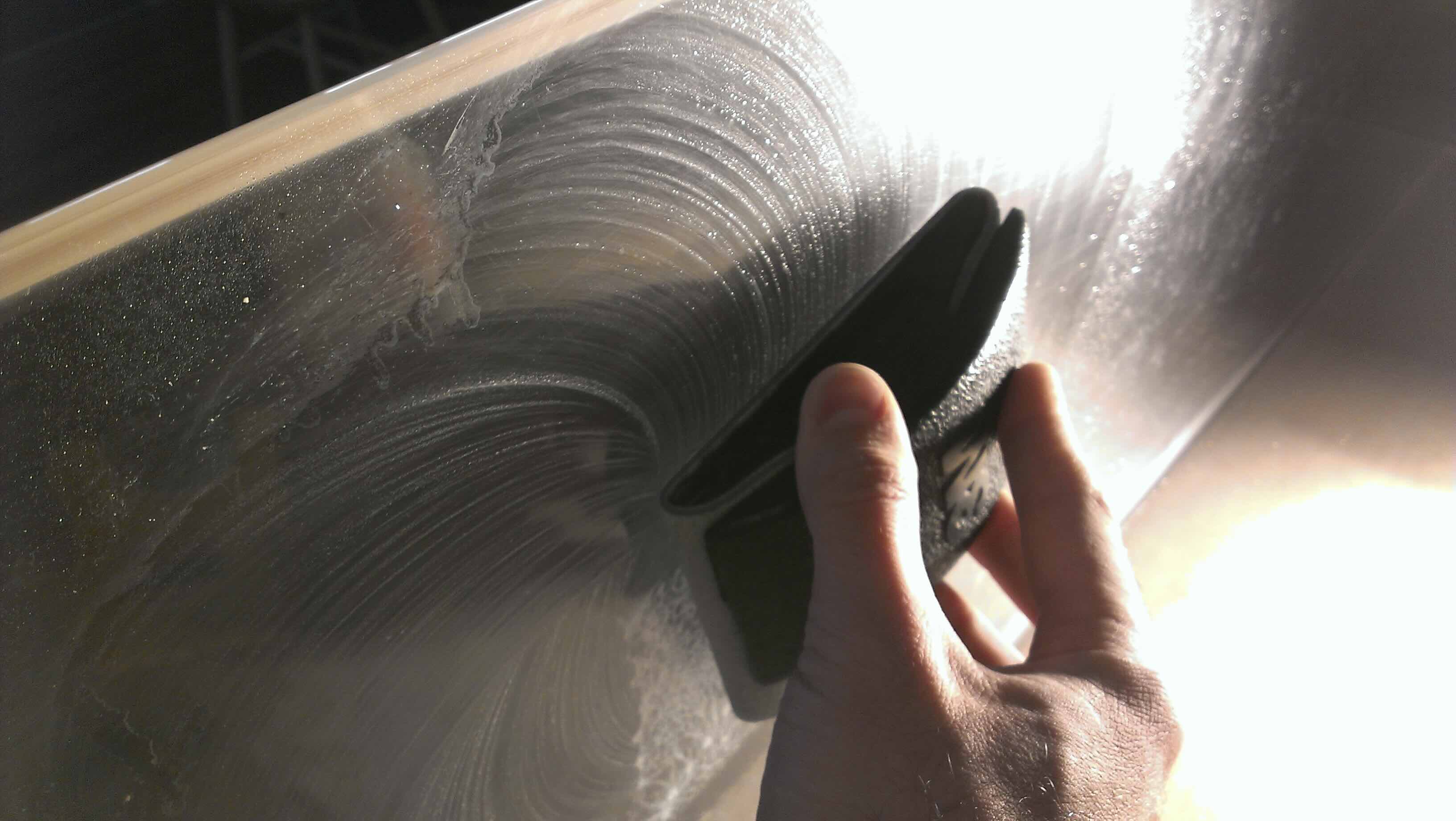

0 thoughts on “How To Keep A Glass Top Stove From Scratching”